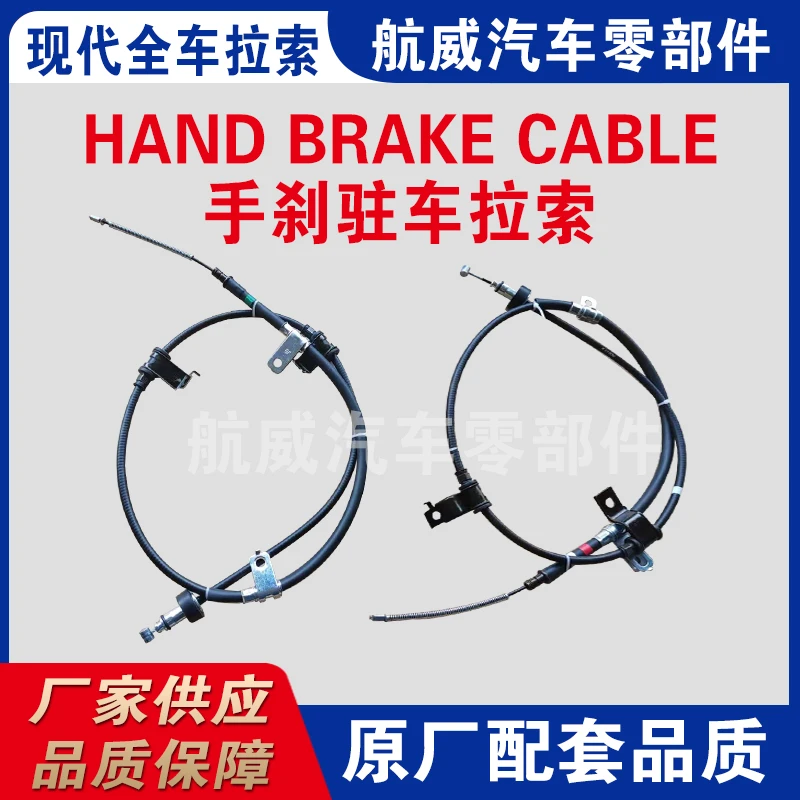Throttle Cable for Enhanced Accelerator Performance and Smooth Driving Experience
Understanding the Accelerator Throttle Cable A Key Component in Vehicle Performance
The accelerator throttle cable is an essential component found in many vehicles, especially those equipped with older internal combustion engines. Its primary function is to connect the accelerator pedal to the throttle body, enabling smooth and precise control over the engine's power output. Understanding how this system works and its importance can help vehicle owners maintain optimal performance and ensure safety on the road.
Functionality of the Accelerator Throttle Cable
When a driver presses the accelerator pedal, the force exerted is transmitted through the throttle cable to the throttle body. The throttle body is responsible for controlling the amount of air that enters the engine, regulating the engine speed and power. The opening and closing of the throttle valve allow more or less air to mix with the fuel, producing the required power output that corresponds to the driver’s commands.
As technology has evolved, many modern vehicles have transitioned from mechanical throttle cables to electronic throttle control systems (ETC) or drive-by-wire systems. However, understanding the conventional cable-operated systems still holds significance, especially for those who work on older vehicles or are enthusiasts in the automotive field.
Common Issues with Throttle Cables
Over time, the accelerator throttle cable can experience wear and tear due to constant use and exposure to various elements. Common issues include fraying, stretching, and binding. A frayed throttle cable can lead to inconsistent acceleration, where the vehicle does not respond as expected to the driver's input. A stretched cable may cause a lag in throttle response or result in the throttle not returning to the idle position properly, posing safety risks.
accelerator throttle cable

Binding can occur due to dirt, rust, or misalignment in the cable routing, leading to stiff acceleration and, at times, difficulty in controlling the vehicle. In such cases, it is crucial for vehicle owners to inspect the throttle cable regularly and address any issues promptly.
Maintenance and Replacement
Regular maintenance of the accelerator throttle cable is vital to ensure smooth vehicle operation and safety. Drivers should periodically check for signs of wear, including visual inspections of the cable for fraying or damage. Lubricating the cable can also help reduce friction and prolong its lifespan, ensuring that it functions correctly.
If a throttle cable shows significant signs of wear or is unresponsive, replacing it is often a straightforward process that can improve overall vehicle performance. Most vehicle repair manuals provide step-by-step instructions for safely removing the old cable and installing a new one. For those unfamiliar with vehicle maintenance, consulting a professional mechanic is advisable.
Conclusion
The accelerator throttle cable, while often overlooked, plays a crucial role in vehicle performance and driver experience. Understanding its function, potential issues, and maintenance can empower vehicle owners to maintain their cars effectively. While modern vehicles are increasingly adopting electronic throttle controls, the principles behind the cable system remain relevant, offering insights into the evolution of automotive technology. Keeping this integral component in top condition not only ensures safer driving but also enhances the overall joy of operating a vehicle. Regular checks and maintenance can lead to a smoother ride, demonstrating that even the simplest components can have a significant impact on driving performance.
-
Workings of Clutch Pipe and Hose SystemsNewsJun.04,2025
-
The Inner Workings of Hand Brake Cable SystemsNewsJun.04,2025
-
The Secrets of Throttle and Accelerator CablesNewsJun.04,2025
-
The Hidden Lifeline of Your Transmission Gear Shift CablesNewsJun.04,2025
-
Demystifying Gear Cables and Shift LinkagesNewsJun.04,2025
-
Decoding Clutch Line Systems A Comprehensive GuideNewsJun.04,2025
